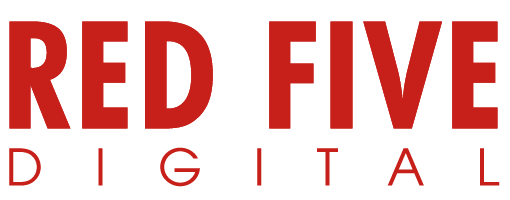In the vast landscape of digital marketing, Facebook ad campaigns stand out as a formidable tool for reaching target audiences with precision. However, amidst the sea of impressions and clicks, determining the success of these campaigns requires a nuanced understanding of key metrics and analytics.
By deciphering these insights, businesses can optimize their strategies and maximize their return on investment. Here’s a comprehensive guide on how to measure the success of your Facebook ad campaigns, focusing on essential metrics and analytics.
Reach and Impressions
The first step in assessing your Facebook ad campaign’s performance is understanding its reach and impressions. Reach signifies the number of unique users who have seen your ad, while impressions represent the total number of times your ad has been displayed. Monitoring these metrics provides insight into the campaign’s visibility and potential audience engagement.
Click-Through Rate (CTR)
CTR measures the percentage of users who click on your ad after viewing it. It is a crucial metric for evaluating the effectiveness of your ad’s content and call to action. A high CTR indicates that your ad resonates with your target audience, driving them to take action.
Conversion Rate
Conversion rate measures the percentage of users who complete a desired action after clicking on your ad, such as making a purchase, signing up for a newsletter, or downloading an app. This metric directly correlates with the campaign’s effectiveness in achieving its objectives, whether it’s generating leads or driving sales.
Cost per Click (CPC) and Cost per Acquisition (CPA)
CPC and CPA are fundamental metrics for assessing the financial efficiency of your Facebook ad campaign. CPC represents the average cost you pay for each click on your ad, while CPA calculates the cost of acquiring a customer or lead. Monitoring these metrics helps you optimize your budget allocation and maximize your return on investment.
Ad Frequency
Ad frequency measures how often your target audience sees your ad. While reaching a broad audience is essential, bombarding users with the same ad repeatedly can lead to ad fatigue and diminish effectiveness. Monitoring ad frequency enables you to adjust your campaign’s pacing and refresh creative content to maintain engagement.
Engagement Metrics
Engagement metrics, including likes, comments, shares, and video views, provide insights into the level of interaction your ad generates. High engagement indicates that your ad resonates with your audience, sparking conversations and fostering brand awareness. Tracking these metrics helps you refine your content strategy and amplify your campaign’s impact.
Return on Ad Spend (ROAS)
ROAS measures the revenue generated for every dollar spent on advertising. It quantifies the effectiveness of your Facebook ad campaign in driving sales and achieving your business objectives. By analyzing ROAS, you can identify high-performing campaigns and allocate resources accordingly to maximize profitability.
Attribution Modeling
Attribution modeling is essential for understanding the customer journey and identifying the touchpoints that contribute to conversions. Facebook offers various attribution models, such as first-click, last-click, and multi-touch attribution, each providing a different perspective on how ads influence customer behavior. Analyzing attribution data helps you optimize your ad strategy and allocate budget effectively across channels.
Audience Insights
Facebook’s robust targeting capabilities allow you to tailor your ad campaigns to specific demographics, interests, and behaviors. Analyzing audience insights, such as demographic data, interests, and device usage, enables you to refine your targeting strategy and deliver personalized ad experiences. By understanding your audience’s preferences and behavior, you can optimize ad creative and messaging to resonate with their needs and interests.
A/B Testing
A/B testing, or split testing, is a powerful technique for optimizing your Facebook ad campaigns. By testing different ad creatives, headlines, calls-to-action, and targeting parameters, you can identify the most effective elements and refine your campaign for maximum impact. A/B testing allows you to make data-driven decisions and continuously improve your ad performance over time.
In conclusion, measuring the success of your Facebook ad campaigns requires a comprehensive understanding of key metrics and analytics. By monitoring reach, engagement, conversion, and financial metrics, you can assess the effectiveness of your campaigns and optimize your strategy for maximum impact.
Utilizing audience insights, attribution modeling, and A/B testing allows you to refine your targeting, messaging, and creative content to resonate with your audience and achieve your business objectives. With a data-driven approach, you can unlock the full potential of Facebook advertising and drive meaningful results for your business.


